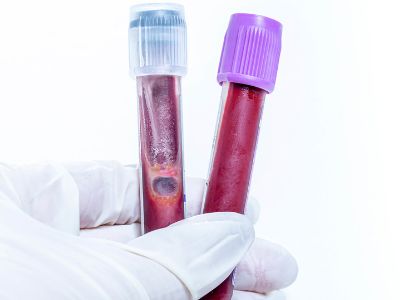What Are The First Signs Of Metastatic Breast Cancer?

Metastatic Breast Cancer is known as stage IV which has spread to another part of the body, most commonly to the bones, lungs, brain, or liver. Breast cancer can have different signs for different people. Most don’t notice any signs at all. The most common sign is a lump in your breast or armpit. Others include skin changes, pain, a nipple that pulls inward, and unusual discharge from your nipple.
What Are the Early Signs of Metastatic Breast Cancer?

Without treatment, breast cancer can spread to other parts of your body. You may have:
- Bone pain
- Double vision
- Nausea
- Loss of appetite and weight loss
- Headache
- Changes in brain function
- Trouble breathing
- Belly swelling
- Muscle weakness
- Yellow skin or eyes (jaundice)
What Causes Metastatic Breast Cancer?
A cancerous cell can invade nearby lymph nodes or blood vessels. The cancer cells then travel through lymph vessels or blood vessels throughout the body. Fluids and blood flow through these vessels. Small tumors can form when cancer cells migrate to new locations.
Who Is At Risk For Metastatic Breast Cancer?
Some people are at higher risk for metastatic breast cancer after finishing certain cancer treatments. The risk depends on various features of cancer including:
- The stage at your first diagnosis
- Tumor characteristics (type of cancer cells)
- Treatment received

Diagnosis for Metastatic Breast Cancer
If you have a history of breast cancer and develop any signs of metastatic breast cancer, your doctor may recommend one or more of the following tests to see if cancer has returned:
- Blood tests
- Whole-body bone scan, with or without x-rays of specific bones
- MRI of the spine or brain
- CT scan of the chest, abdomen, pelvis, or brain
- PET scan
- X-ray or ultrasound of the abdomen or chest
- Biopsy of any suspicious area
- Bronchoscopy, if you have a constant cough or trouble breathing
- A tap, removal of fluid from the area with symptoms to check for cancer cells
Treatment for Metastatic Breast Cancer
The main treatment for metastatic breast cancer is a systemic therapy. This treatment cures the entire body. Systemic therapy may be linked with a combination of:
- Chemotherapy
- Hormonal therapy
- Immunotherapy
- Targeted therapy
Your health care team will plan your treatment based on:
- Past breast cancer treatments
- Symptoms
- Body parts cancer has reached
- Tumor biology, or how the cancer cells look and behave
Medication can be used for Metastatic Breast Cancer:
This medicine is a hormone-based drug that works by binding to estrogen receptors and blocking the effects of estrogen, a natural female hormone in the breast tissue. This slows down the growth and multiplication of breast cancer cells. As a result, it slows the progression of metastatic breast cancer.



